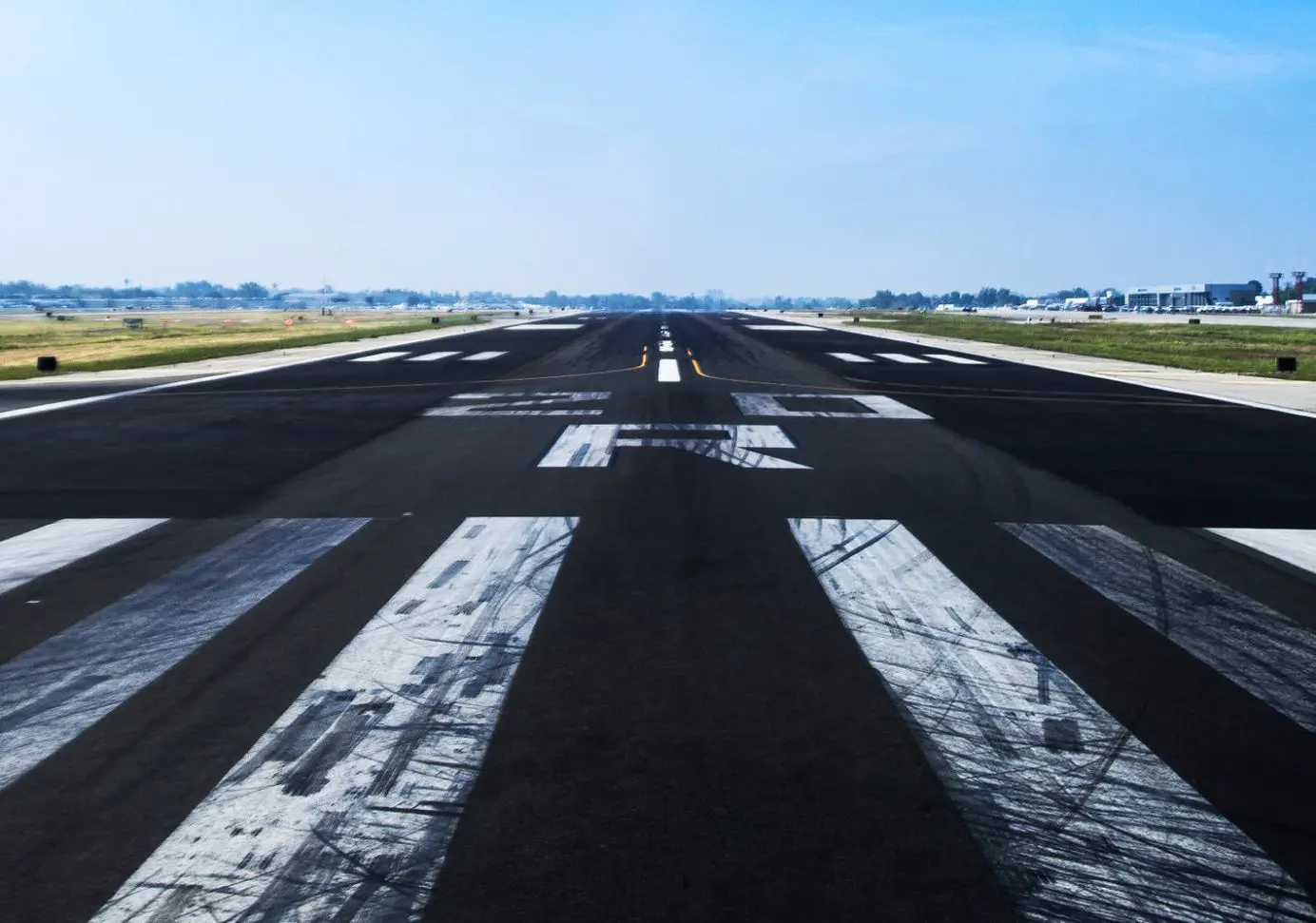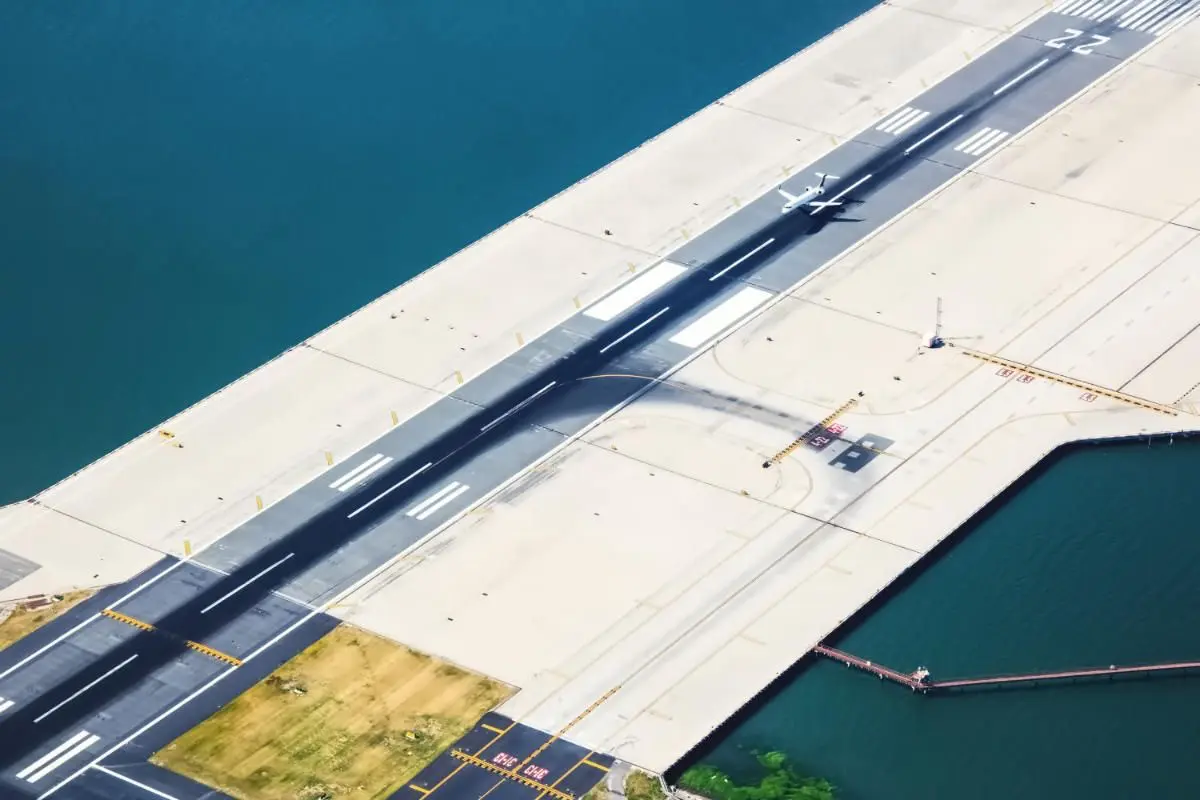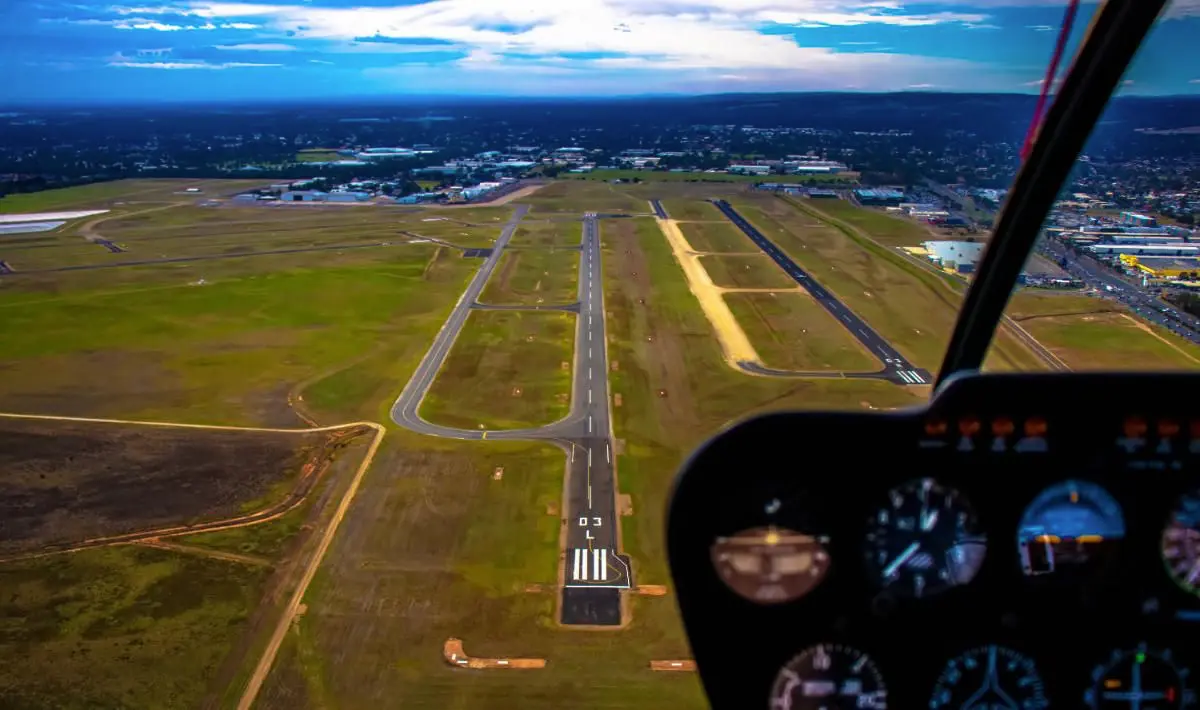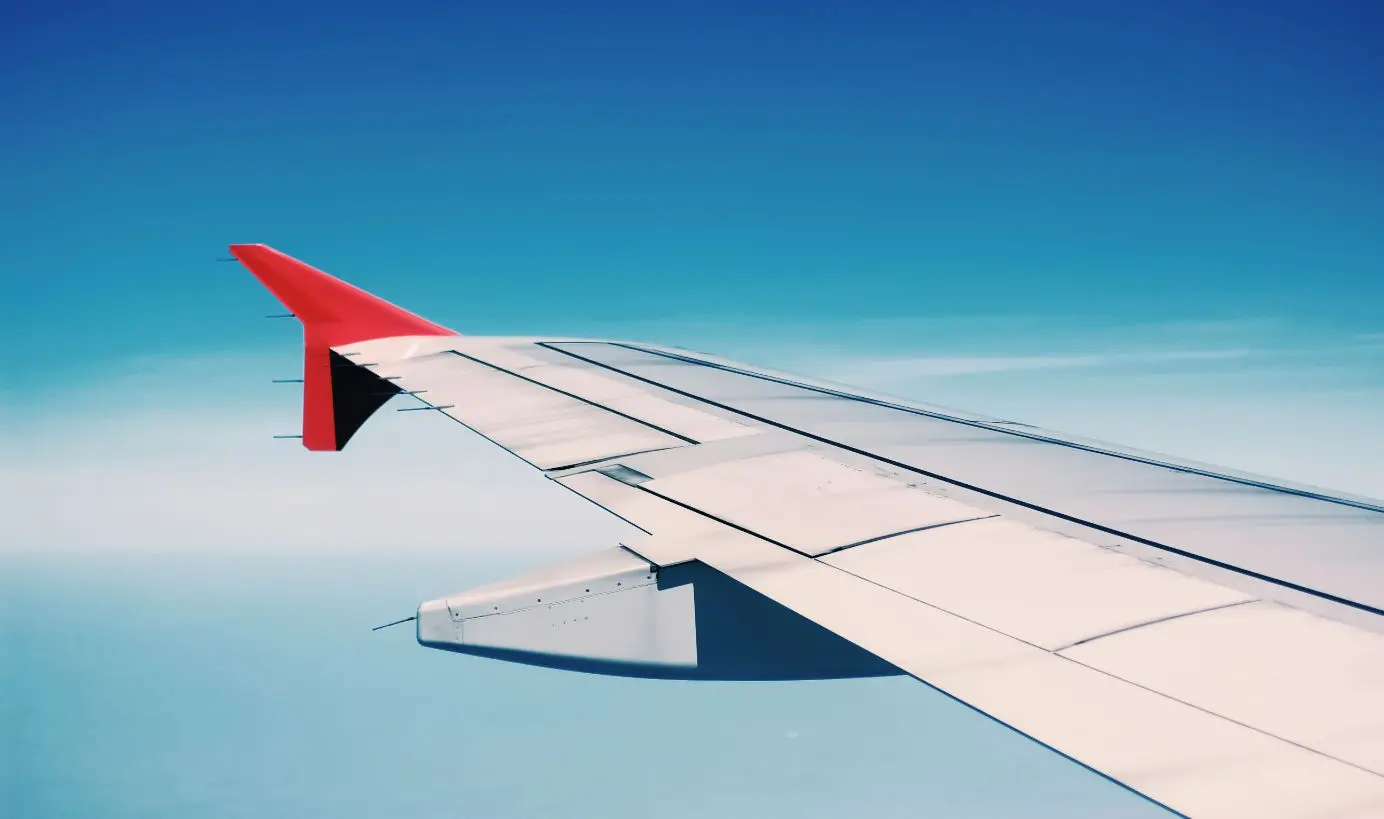
What Do the Runway Numbers Mean?
There is a clear and logical system behind those big white numbers.
Table of Contents
For professional pilots and aviation experts it might be obvious. But for others it could seem as a mystery how airport runways are numbered or named.
There is a clear and logical system behind those big white runway numbers. Let's start simple and explore what a runway is.
What Is a Runway?
A runway is a defined rectangular land area designed for takeoffs and landings of aircraft.
Typically a runway is made of asphalt, concrete or a mix of both. But sometimes a runway is made on natural surfaces like dirt, grass, ice or salt.

The length of a runway is usually given in meters. Except in North America where they use feet.
In 1916, during World War 1, the first concrete-paved runway was built in France. Michelin used it to develop and manufacture military aircraft which they did back then.
How Are Runways Numbered or Named?
It is quite simple actually.
Runways are given numbers on the basis of their orientation in relation to a compass bearing (also called the magnetic azimuth).
On a compass there are 360 degrees. The number on the runway is determined by what direction it is oriented and the number is rounded to the closest 10 degrees. Finally, the last digit is trimmed away.
As a result of this rather logical runway numbering system, we can give a runway any number between 01 and 36. A runway with the number 27 means that it is heading at 270 degrees. If a plane takes off this runway it will be heading west.
But runways are usually not one-direction and planes can take off and land in both directions. How does the runway numbering system deal with this?
Simply by designating a number to each direction separately. Using the example with the runway 27, the other direction would be at 90 degree pointing east and named 09. The two numbers always differ by 180 degree or 18 in the runway number system.
What about the airports that have more than one runway in the same direction?
We call these parallel runways and each runway is then named either Left, Center or Right with the letters L, C and R respectively. It designates the relative position of each parallel runway when approaching (or facing) its direction. We add the letter to the runway number.

Let's Illustrate That With an Example
Copenhagen Airport operates two runways with the same direction of 40 degrees. This translates to the number 04 for both. But if the naming system stopped there, Copenhagen Airport would have two runways with the same name, Runway 04. Confusing for pilots and ATC and potentially dangerous.
When facing (or approaching) the runways from the 40 degrees bearing, we therefore distinguish between left and right. That gives us two separately named runways: 04L and 04R.
And because pilots can use the runways in both directions, we add 18 (from 180 degrees) to the 04 and arrive at 22.
When facing the runways from the 220 degrees bearing we still have to distinguish between left and right. So this direction would also feature the L and R letters.
The result is two parallel runways clearly named: Runway 04L/22R and Runway 04R/22L. In other words, Runway 04L becomes 22R when used in the opposite direction and 04R becomes 22L.
Runway Names Change With the Earth's Magnetic Field
Sometimes airports need to change the numbers of their runways.
That is because the plante's magnetic lines are slowly drifting. That changes the magnetic directions that the runways get their name after. Therefore it is sometimes necessary to rename runways and give them a new number.
It is a natural phenomenon that scientists call geomagnetic reversal and it changes the plante's magnetic field. The magnetic north and south pole actually changes places. It is a long process though. It takes an estimated 2000 to 12000 years to complete a full reversal.
There has been 183 reversals in the past 83 million years. It happens spontaneously from the underlying dynamics in the molten iron core of the planet. The last geomagnetic reversal happened 780.000 years ago.
Some Runways Are Affected Sooner Than Others
The magnetic field shift affects some runways sooner than others. That is because we designate runways with headings rounded to nearest 10 degrees.
To illustrate, let's look at two runways: Runway A at 233 degrees and Runway B at 226 degrees. Both would be called runway 23 since we round to nearest 10 degree. Now let's imagine that the magnetic field shifts downwards by 5 degrees:
Runway A keeps its name. 233 degrees minus 5 degrees gives it a new heading of 228. We round up to 230.
Runway B changes it name. The 5 degrees downwards shift gives it a new direction of 221 which translates to the runway number 22.
So it very much depends on the location and how much the magnetic field is shifting. But it has happened in recent years though. In 2009 the London Stansted Airport changed the number of their 05/23 runway to 04/22 overnight because of the shifts in the magnetic field.
The magnetic drift is slow and runway redesignation is therefore uncommon. It is also unwelcome since it involves a lot of work for the airports. New airport charts and documents needs to be made and new signs should be put up. The large numbers painted on the runway surface also needs to be removed and replaced with the new number. That is why it is usually done at night.
Conclusion
Runways get their numbers based on their direction in relation to a compass. Runways typically work both ways and the other direction gets their name in the same way. In airports with more than one runway in the same direction, we name them with the letters L, C or R which stands for Left, Center or Right.
Next time you are traveling somewhere and see the large painted numbers on the runway surface you should know what they mean.
Planenerd Newsletter
Join the newsletter to receive the latest updates in your inbox.






